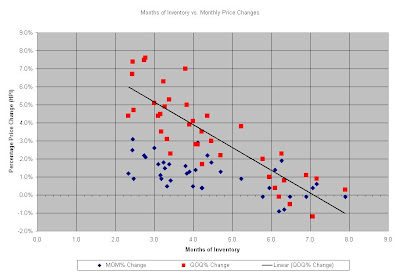
Whalley seems to be the home of insanity this spring.
MLS # F2800307 is listed at a delusional $1 Million for the not-so-prestigious Whalley address. Here is the description:
Executive lifestyle living in this spectacular Penthouse, featuring panoramic views from every room. The professionally designed formal dining/living room will capture the most discerning buyer. The elegant gourmet kitchen, complete with granite counter tops, stainless steel appliances awaits a "Master Chef". Relax and entertain on the top of the world, on your own private, one of a kind, 1000 SF rooftop deck, complete with new hot tub, water feature, lighting and a spectacular panoramic views.
I am not sure what kind of views you are expecting but I don't call looking down onto King George Highway, the local Canadian Tire, and homeless people living under tarps in the local park a "panoramic view."
I have no idea what kind of 'executive' would want to live there but whatever company he/she is running - I'm running away!
Compare this Whalley condo listing with
MLS # F2802965 a home listed in the Fraser Heights area of Surrey for $100,000 less. If I were in the market for a $1 Million home I would buy 4300 square foot home in Fraser Heights and buy a very comfortable vehicle for the extra $100,000.
Both homes are grotesque displays of overconsumption but value for dollar is certainly lacking in the Whalley condo. This type of price compression is typical near market tops where realtors persuade their clients to list at ever more ridiculous prices and detachment from market reality becomes pervasive. I mean really how many Whalley 'executives' are there. Is he/she going to commute on SkyTrain after walking past the drug addicts and the local McDonalds! I seriously doubt it. I'm really glad that the Whalley area is being cleaned up and that more people are going to live and work in the area but no 'executive' in their right mind would choose the condo over the home in Fraser Heights.


















